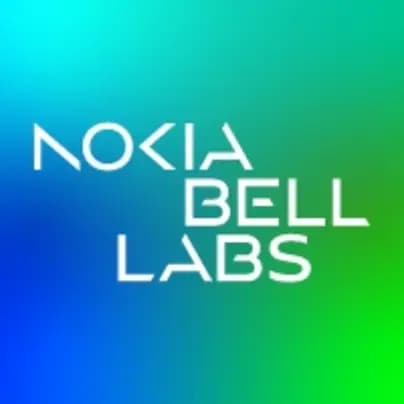Aalborg and Nokia Bell Labs: A Smart Collaboration for Industrial IoT

As carriers around the world begin to deploy 5G, factories are preparing to leverage the technology to support large-scale industrial IoT applications. These applications will help them gain flexibility in how they configure their facilities, better manage their manufacturing equipment and processes, monitor product quality, and make their supply chains more efficient.
For more than 20 years, Aalborg University (AAU) and Nokia Bell Labs have worked together to establish and progress the industry standards for 3G, 4G and 5G. Now, the two organizations are collaborating in AAU’s 5G Smart Production Lab to integrate and test advanced industrial IoT systems for the factories of the future. The lab mimics a small factory combining private 4G, 5G and Wi-Fi 6 wireless solutions; positioning technologies; and a wide range of operational industrial-grade manufacturing and production equipment.
The lab provides a unique opportunity to conduct experiments with wireless industrial IoT solutions in close collaboration with representatives from various vertical industries. For example, the lab recently created a digital twin of a Danish manufacturer’s production line to demonstrate how it could connect individual production modules to a manufacturing execution system (MES) server via LTE with zero loss in production efficiency. In another use case, it showcased ways to provide ubiquitous wireless connectivity between in-studio and live-television equipment ranging from cameras to lighting to sound systems.
“We want companies to feel confident in their industrial IoT deployments,” said Preben Mogensen, a professor at Aalborg University and a Nokia Bell Labs Fellow. “Through the smart lab, we can generate research results that have impactful, real-world implications.”
One of the researchers’ current areas of interest is in how to control swarms of autonomous mobile industrial robots so that they can transport individual products from place to place (or process to process) within a factory, in lieu of more conventional methods such as conveyor belts. The goal is to create a more flexible, efficient and dynamic production line that can prioritize individual items, leverage chaotic traffic patterns, route around malfunctioning machinery and quickly scale or reconfigure its operation.
Moving forward, researchers intend to employ artificial intelligence (AI) to combine and analyze data from the radio network, the application software and various sensors to optimize the radio protocols for each use case. Future activities will also include the use of millimeter wave communications for additional bandwidth.
The smart lab is part of AAU’s highly acclaimed Problem-Based-Learning (PBL) model, which challenges students to learn through the experience of solving real world issues. The collaboration provides the students with an opportunity to learn from Nokia Bell Labs’ renowned engineers, mathematicians and physicists while also providing the company with a source of talent.
